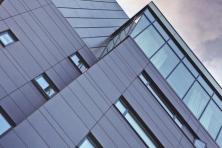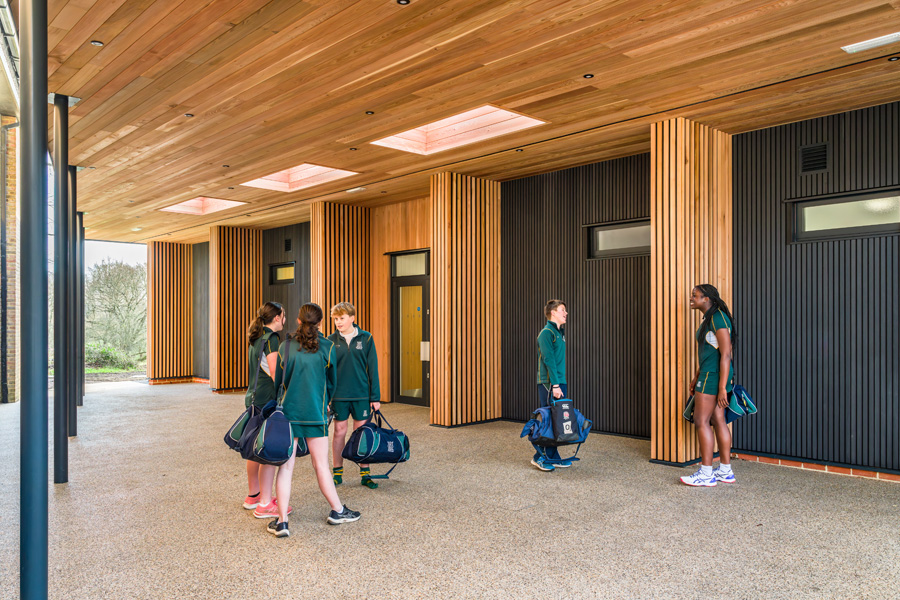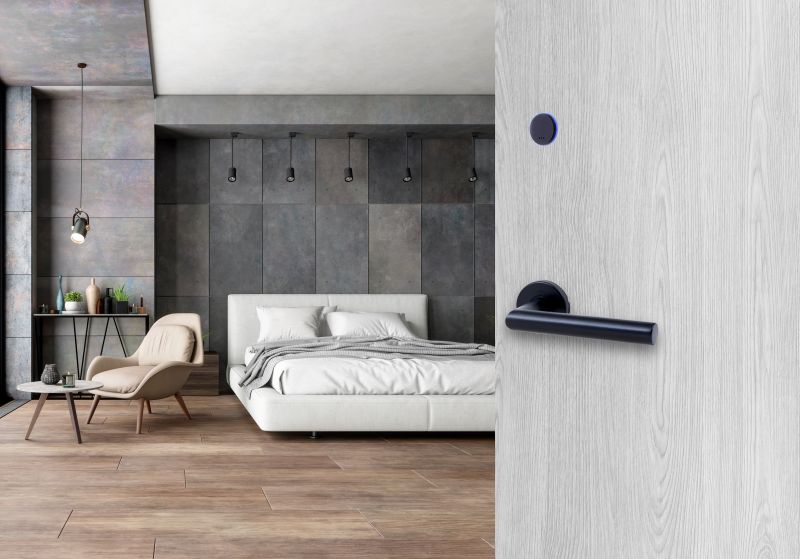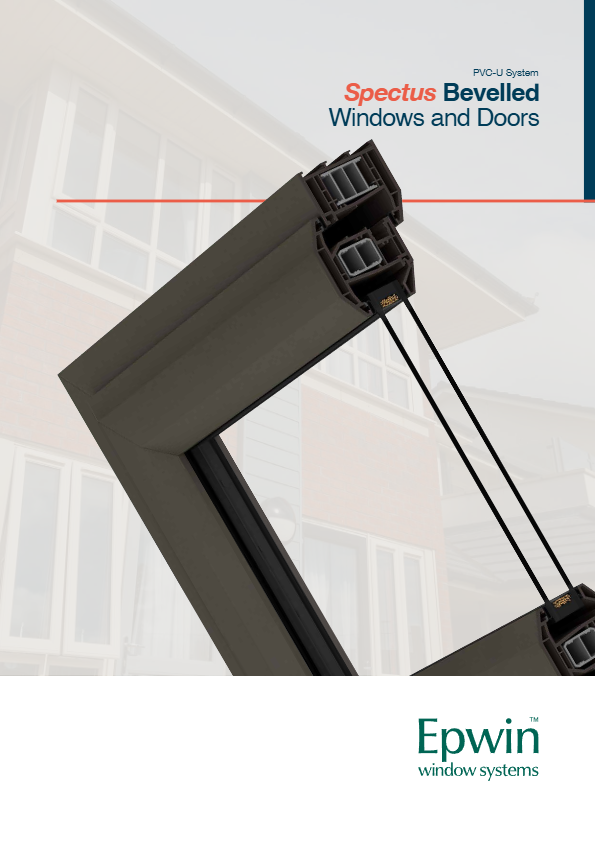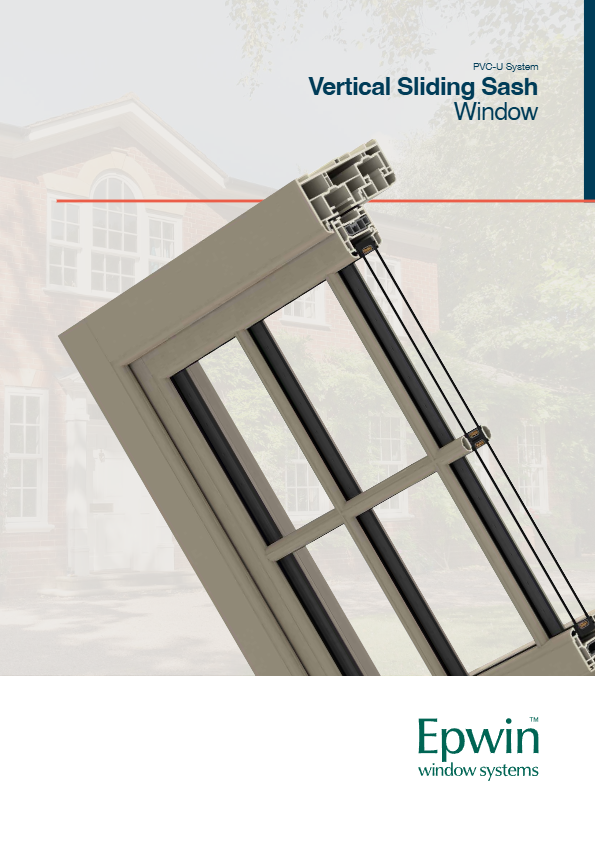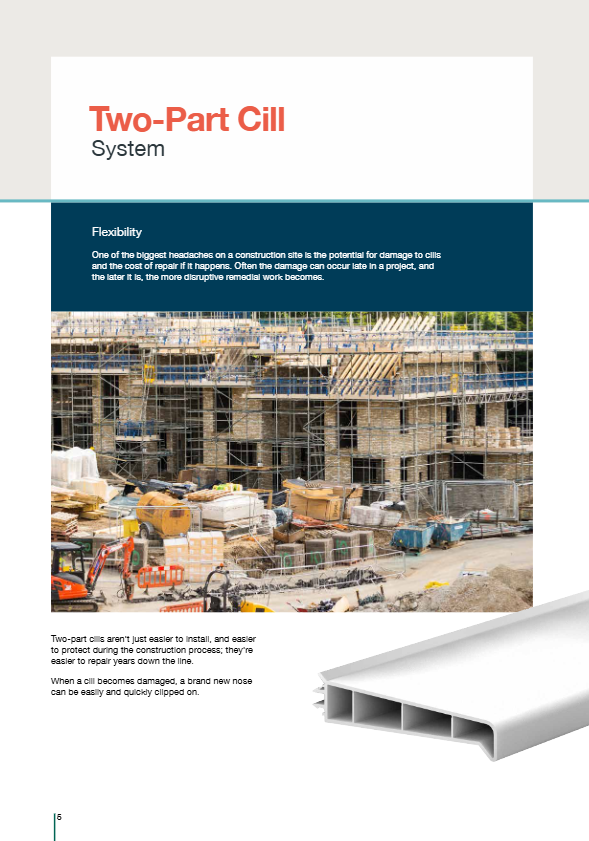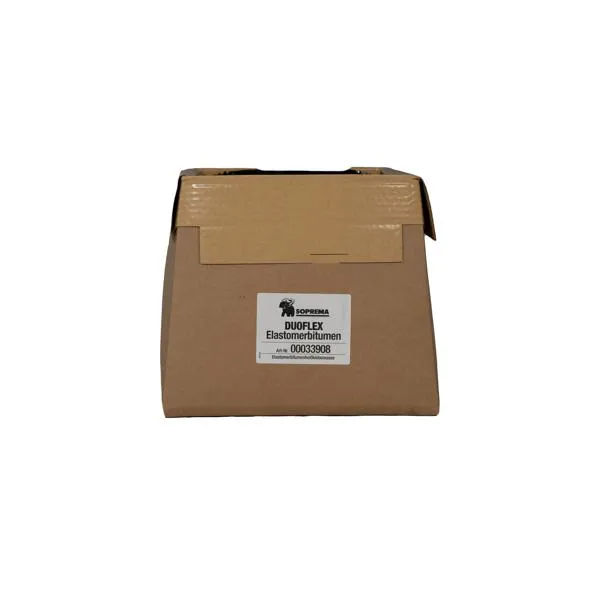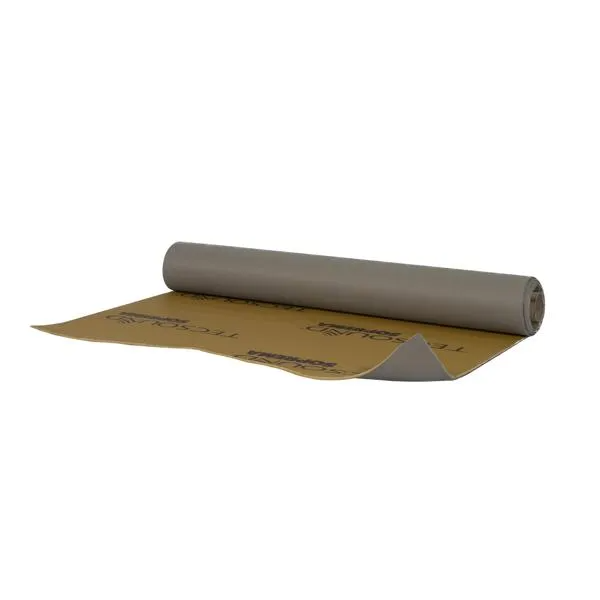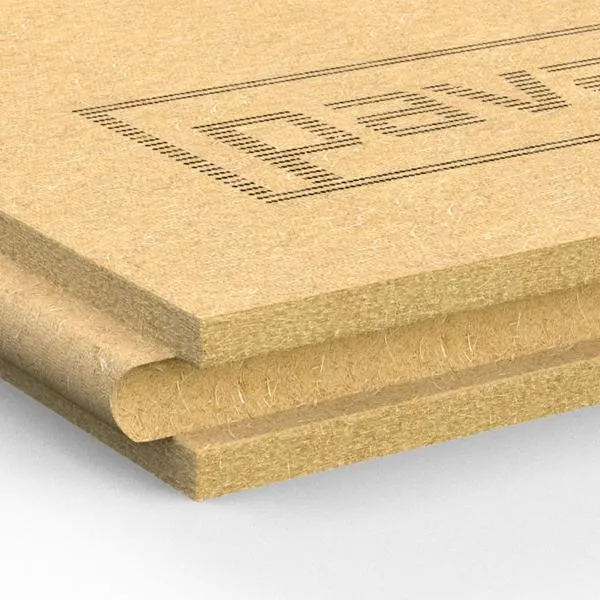Hope Street Hotel in Liverpool shows how careful selection of cladding material as part of a lightweight construction programme can provide greater design flexibility and enhanced visual appeal, not to mention significant cost savings.
The independently owned, four-star boutique hotel has secured a raft of accolades since its launch a decade ago.
It has recently developed a striking visual presence following the completion of a large extension using Natura fibre cement rainscreen cladding. Refurbishing the existing building rather than demolition and new build is estimated to have saved the client around £500,000.
The original hotel occupies an 1860s building in the Venetian palazzo style in the heart of the city’s cultural quarter, opposite the Liverpool Philharmonic Hall. As its popularity grew, larger facilities were needed the hotel’s owner decided to redevelop a neighbouring 1960s office block.
The result is a stunning eight-storey modern building with a sheer, contemporary fibre cement facade juxtaposed with the original Venetian palazzo style building.
The extension includes 41 additional bedrooms, conference facilities and a new reception area. It’s design quality and the technical achievement of incorporating the older building has attracted another award for the hotel.
David Brewitt, the hotel owner, worked with main contractor CPL, engineers Jacobs Babtie and architects Falconer Chester Hall to draw up the ambitious design, which involved re-using the existing building’s structurally sound reinforced concrete framework, whilst adding six new storeys clad with Anthracite coloured Natura from Marley Eternit. The fibre cement cladding was chosen to create an aesthetic that contrasted with the original style of the main hotel.
Fibre cement’s lightweight yet strong properties also made it particularly suitable for this project where one of the challenges facing the architects was to minimise additional weight loading on the existing building’s foundations.
Mark Doohan, a Director at Falconer Chester Hall, says that the ability of fibre cement rainscreen cladding to retain its appearance for many decades with minimal maintenance was another important factor in selecting this material for the project. “We specified Natura because of its attractive appearance, lightweight nature and high quality through-colour, which we knew would retain its clean, crisp appearance,” he said.
With a life expectancy of at least 50 years, and no routine maintenance requirements, Natura is a highly cost effective choice over the long term. It is also resistant to insects, mould growth and fungi, and can be supplied with a Pro coating for applications where graffiti may be an issue.
Fibre cement rainscreen cladding can achieve an A+ rating as defined in the BRE Green Guide to Specification based on generic rating for autoclaved fibre cement single sheet.






